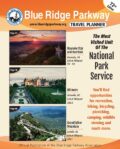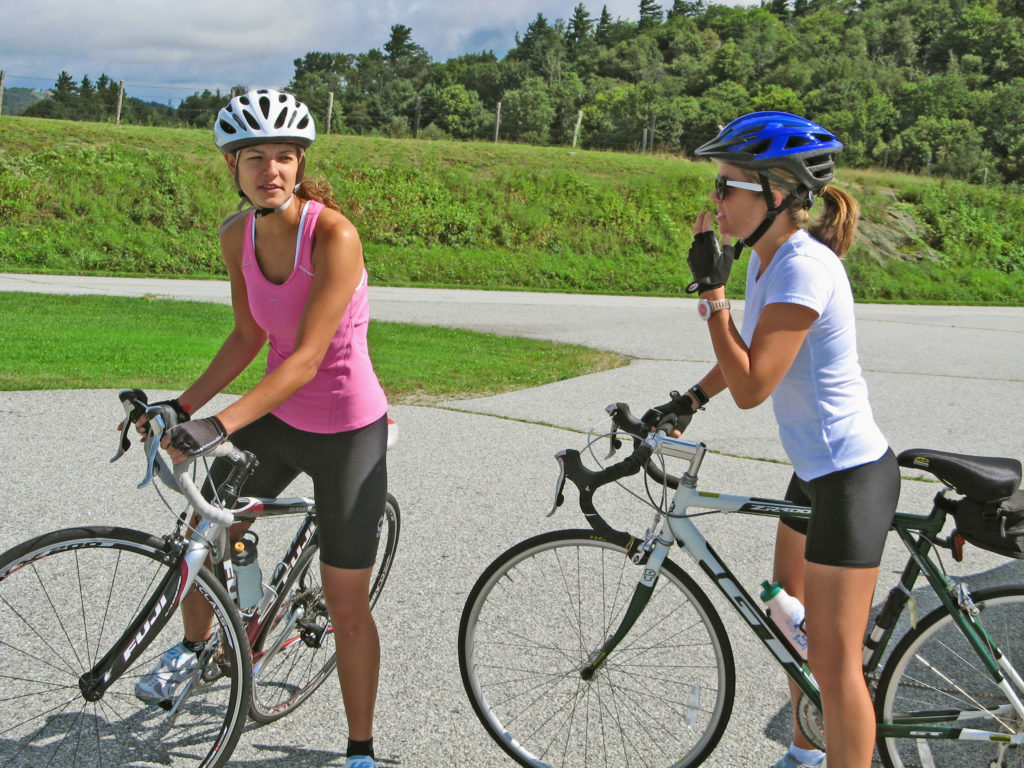| MILEPOST | ELEVATION GAIN IN FEET |
| 0 – 3.0 | 391 |
| 4.7 – 8.5 | 1,100 |
| 9.2 – 10.7 | 322 |
| 18.5 – 23.0 | 785 |
| 37.4 – 38.8 | 229 |
| 42.0 – 43.9 | 570 |
| 47.0 – 49.3 | 405 |
| 63.0 – 76.7 | 3,305 |
| 89.1 – 91.6 | 569 |
| 93.1 – 95.4 | 428 |
| 118.1 – 120.4 | 426 |
| 127.0 – 132.5 | 1,400 |
| 134.0 – 134.9 | 195 |
| 136.4 – 138.2 | 275 |
| 150.6 – 152.1 | 278 |
| 157.0 – 157.6 | 200 |
| 164.7 – 168.0 | 830 |
| 169.5 – 170.1 | 260 |
| 176.2 – 177.0 | 212 |
| 186.6 – 188.8 | 360 |
| 195.0 – 196.2 | 235 |
| 197.6 – 198.7 | 210 |
| 200.5 – 201.5 | 335 |
| 216.6 – 217.7 | 240 |
| 231.3 – 233.1 | 550 |
| 233.7 – 235.2 | 280 |
| 235.8 – 236.9 | 365 |
| 240.0 – 240.8 | 170 |
| 249.0 – 249.8 | 235 |
| 251.3 – 252.8 | 300 |
| 263.6 – 264.6 | 360 |
| 265.2 – 266.8 | 270 |
| 269.8 – 271.1 | 330 |
| 271.4 – 273.1 | 575 |
| 276.4 – 277.4 | 375 |
| 281.7 – 282.4 | 280 |
| 282.7 – 283.8 | 255 |
| 286.0 – 287.8 | 500 |
| 288.7 – 289.9 | 250 |
| 291.8 – 293.8 | 400 |
| 298.6 – 302.1 | 1,005 |
| 316.4 – 318.2 | 380 |
| 318.5 – 320.7 | 590 |
| 330.9 – 332.1 | 410 |
| 332.6 – 334.5 | 545 |
| 336.3 – 338.9 | 540 |
| 345.4 – 349.9 | 1,480 |
| 351.9 – 355.0 | 920 |
| 355.4 – 358.5 | 520 |
| 361.1 – 364.1 | 500 |
| 393.8 – 396.4 | 920 |
| 397.3 – 399.7 | 430 |
| 400.3 – 405.5 | 965 |
| 405.7 – 407.7 | 745 |
| 416.8 – 420.2 | 1,100 |
| 423.2 – 424.8 | 230 |
| 426.5 – 428.2 | 405 |
| 429.0 – 431.4 | 600 |
| 443.1 – 451.2 | 2,450 |
| 455.7 – 458.9 | 810 |
| Total Elevation Gain Southbound | 48,601 |
Statistics courtesy of Tom De Vaughn, Troutville, Virginia.


